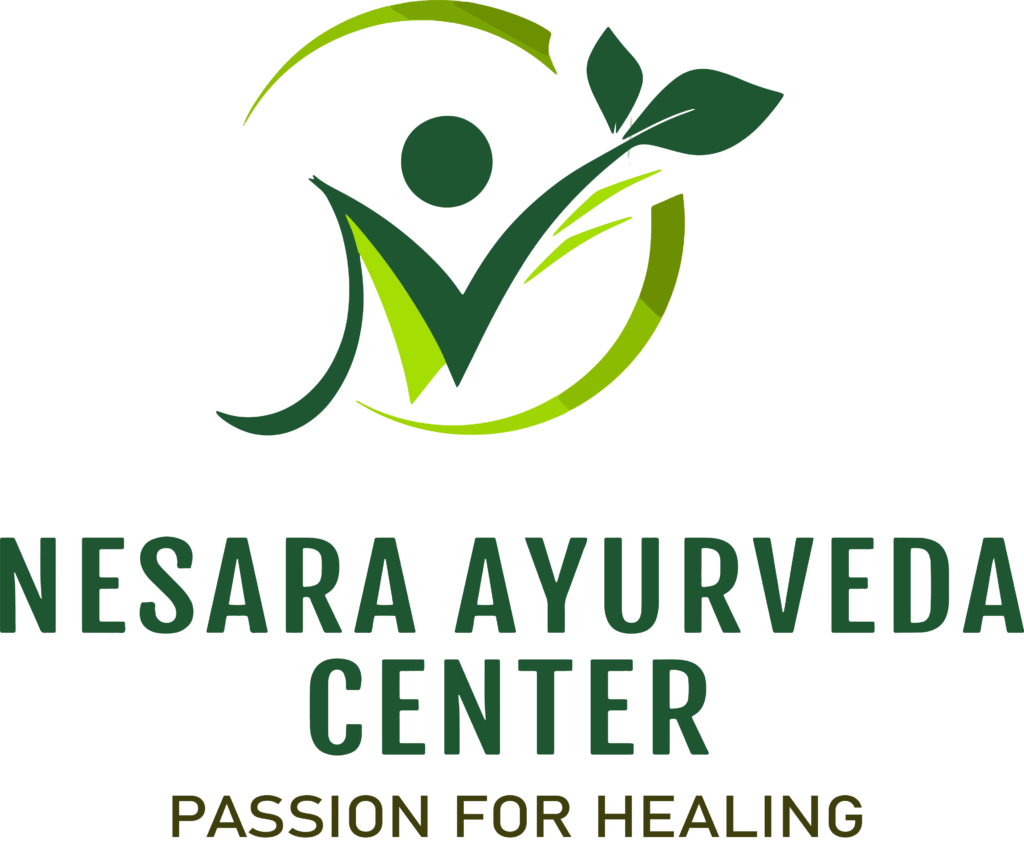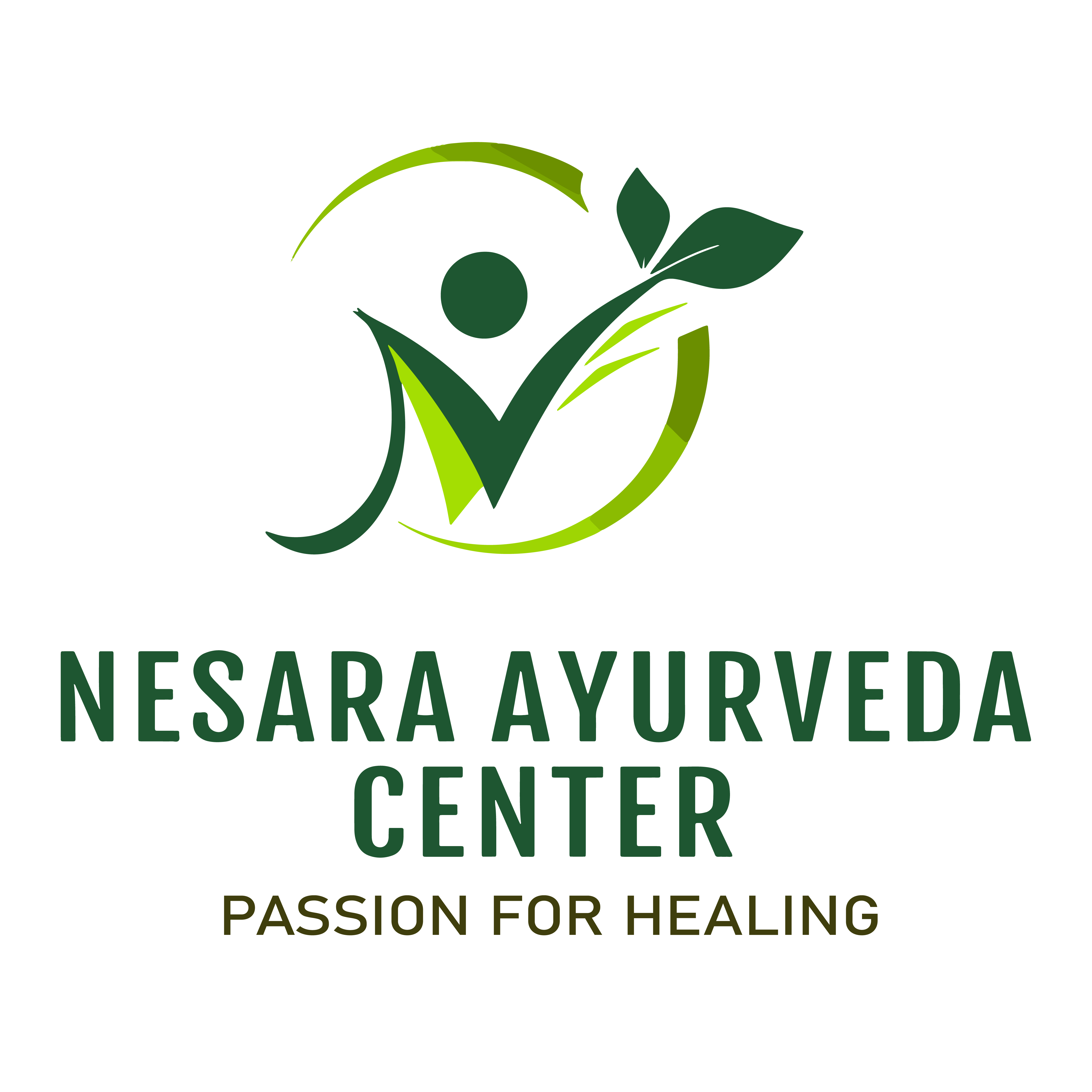Weight Management
We understand that maintaining a healthy weight isn't just about appearances, it's all about your overall well-being. Our Ayurvedic Weight Management programs are designed to help you shed excess pounds while embracing a balanced, holistic approach to health. According to Ayurveda, an imbalance in the body’s five components and the makeup of the three doshas Vata, Pitta, and Kapha determines whether a person tends to gain weight readily or not enough. An ancient science that has stood the test of time, views weight management as a harmonious balance of mind, body, and spirit. Our approach takes into account your unique constitution (dosha) and health profile to create personalized wellness plans that address the root causes of weight issues.
AREA OF EXPERTISE
Why choose Nesara Ayurveda Centre for your weight management journey?
- Expert Guidance: With over 8 years of experience in Ayurveda, our skilled practitioners offer expert guidance to help you achieve sustainable results.
- Personalized Solutions: We don't believe in one-size-fits-all solutions. Your wellness plan is tailored to your specific needs and goals.
- Natural Healing: We harness the power of Ayurvedic herbs, therapies, and dietary recommendations to support your body's natural weight management abilities.
- Lifestyle Balance: Our programs focus on holistic wellness, including stress management and daily routine adjustments, ensuring you maintain your ideal weight for the long term.
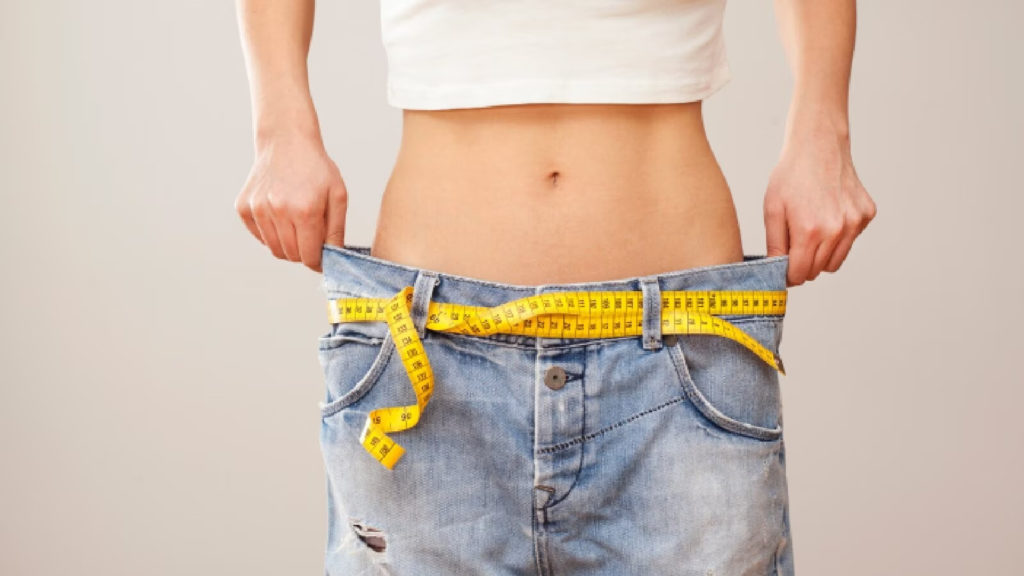
Weight Management Therapy to Weight loss

Udwarthana(Powder Massage)
Udwarthana, commonly known as Powder Massage, is a traditional Ayurvedic therapeutic practice with roots dating back thousands of years. This unique massage technique involves the application of herbal powders to the body, helping to balance doshas, promote relaxation, and improve overall well-being.
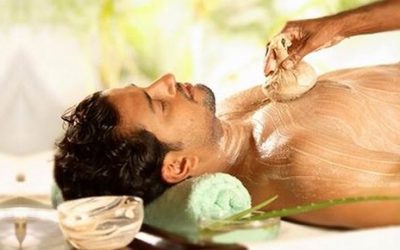
Virechana(Detoxification-Purgation Treatment )
Virechana, often referred to as Purgation Treatment, is a fundamental component of Ayurveda, the ancient holistic system of healing that has been practiced in India for thousands of years. Virechana plays a vital role in detoxification and is known for its ability to remove deep-seated toxins, balance doshas, and rejuvenate the body.
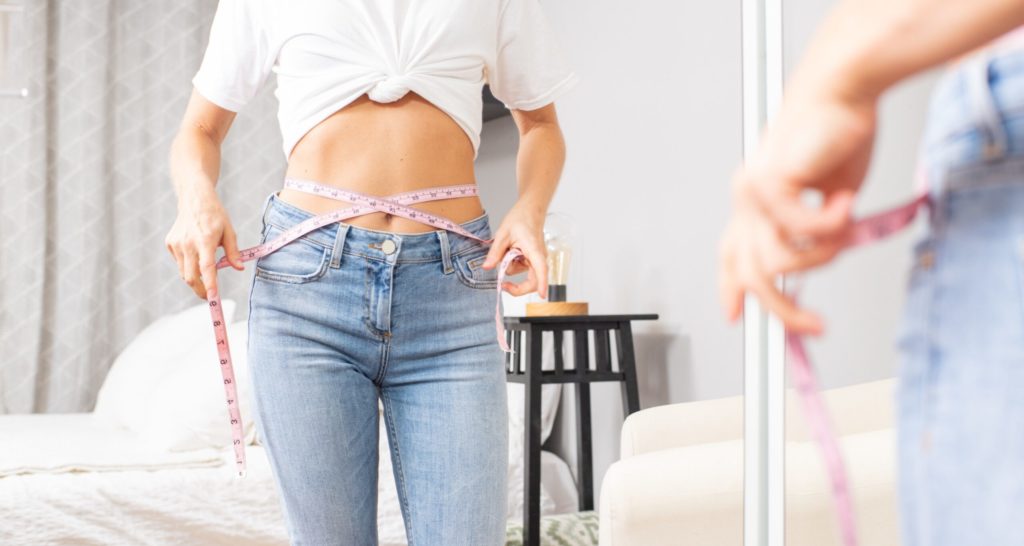
Health Risks of Excess Weight
- Cardiovascular Problems: Increased risk of heart disease, high blood pressure, and stroke.
- Type 2 Diabetes: Obesity is a leading cause of this chronic condition.
- Joint Pain: Excess weight puts stress on joints, leading to pain and mobility issues.
- Sleep Apnea: Obesity is a common contributor to this sleep disorder.
- Mental Health: Poor body image and self-esteem can lead to mental health concerns.
Benefits of Weight Management
- Less risk of heart disease
- Lower levels of triglycerides
- Higher self-esteem
- Improved mobility and reduced pain
